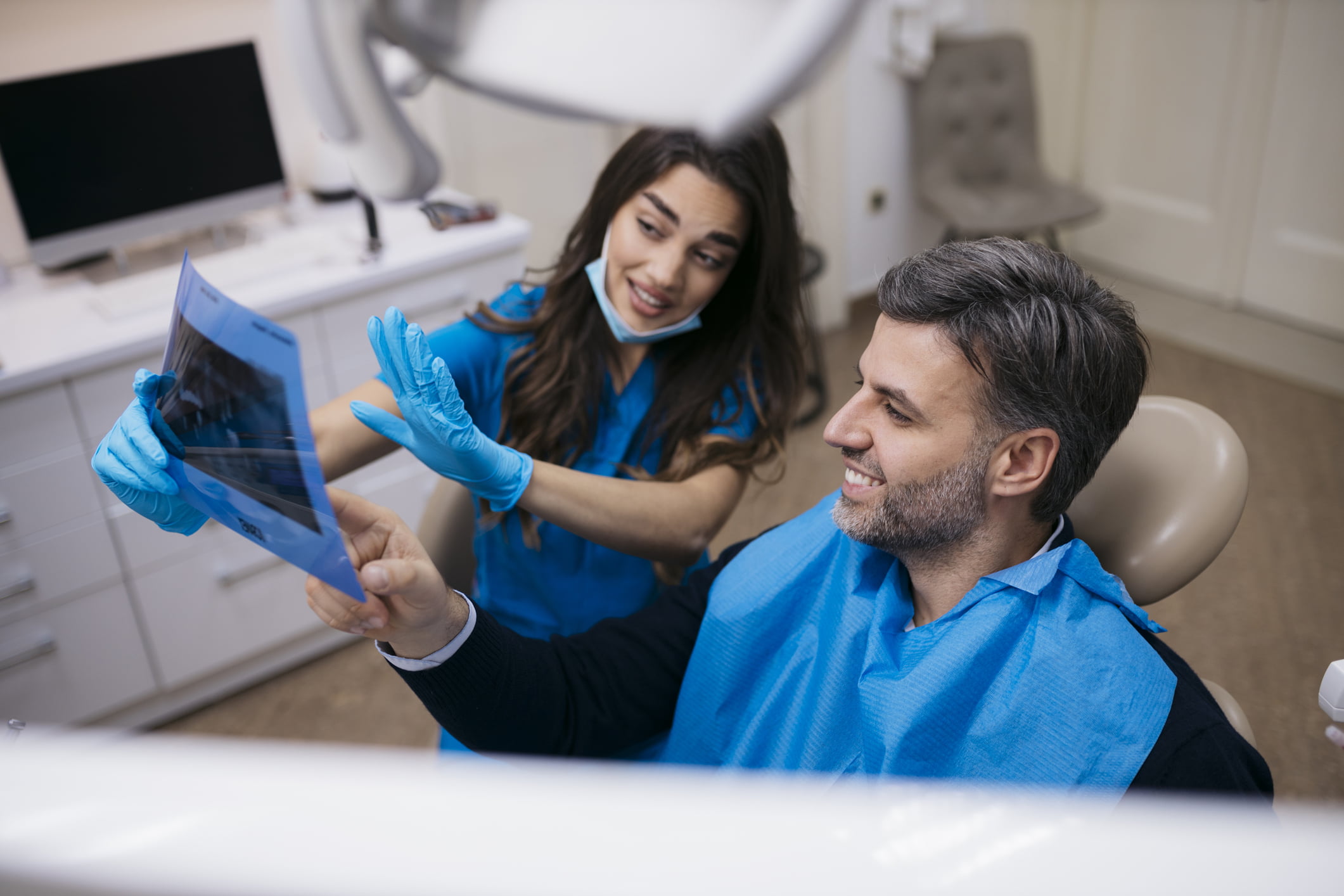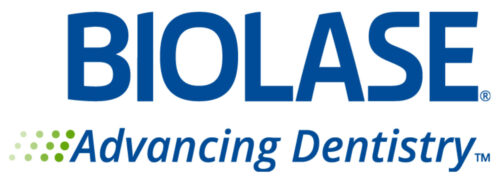What does the treatment process involve?
Before the procedure, we will conduct a thorough examination, which may include X-rays and other imaging techniques, to assess the extent of the issue and plan the surgery accordingly.
During the PRS procedure, we will make a small incision in the gum tissue to access the root tip of the affected tooth. The infected tissue is removed, and the root tip is cleaned and sealed to prevent further infection.
Afterwards, stitches may be placed to aid in the healing process. Most patients experience minimal discomfort and can resume normal activities shortly after the surgery.
It’s essential to attend follow-up appointments to ensure proper healing and enable us to monitor the success of the procedure. We will give you instructions for post-operative care to promote optimal healing.
Benefits of Periradicular Surgical Procedures (PRS) at Time Dental
Preservation of natural teeth: PRS aims to save your natural tooth, which is always the preferred option whenever possible.
Effective treatment: PRS can effectively treat persistent infections or damage in the root tip area, helping to alleviate pain and restore oral health.
Minimal discomfort: Many patients experience minimal discomfort during and after the procedure, with most returning to their normal activities shortly afterward.
Our expertise: Our dental team has extensive experience in performing PRS procedures, ensuring high-quality care and successful outcomes.
Patient-centred care: We prioritise your comfort and well-being throughout the entire treatment process, providing personalised care tailored to your unique needs.
Advanced technology: We use the latest dental technologies and techniques to perform PRS procedures with precision and efficiency.
If you’re experiencing persistent dental pain or have been told you may need a Periradicular Surgical Procedure (PRS), don’t hesitate to contact us at Time Dental. Our friendly team is here to answer any questions you may have and schedule your consultation. Let us help you achieve a healthy, pain-free smile with our expert PRS services!
Book a consultation today






